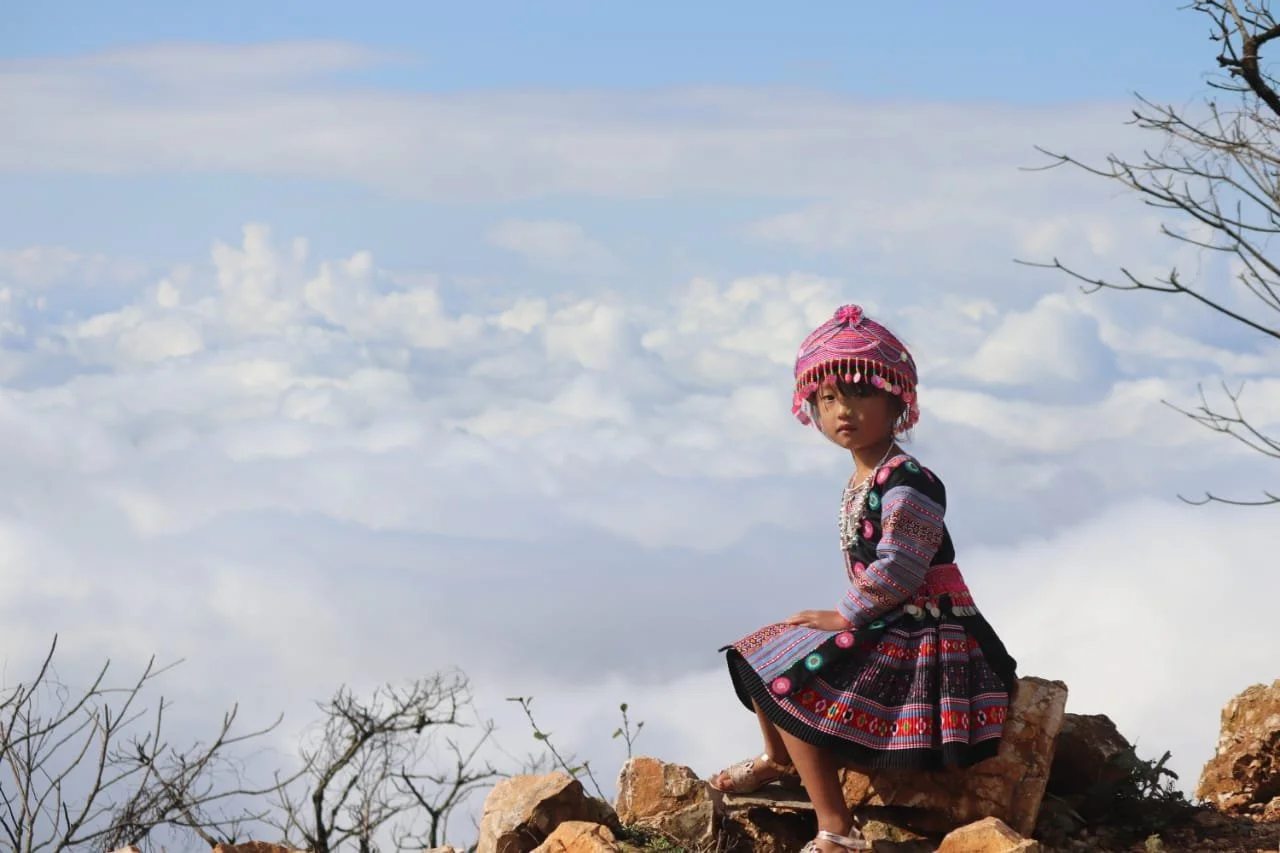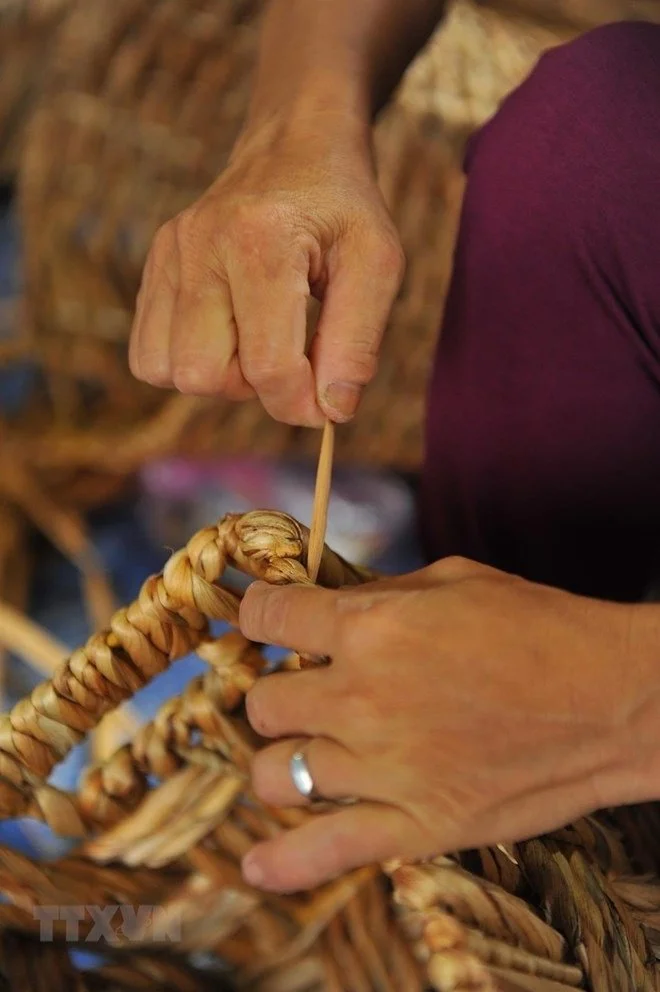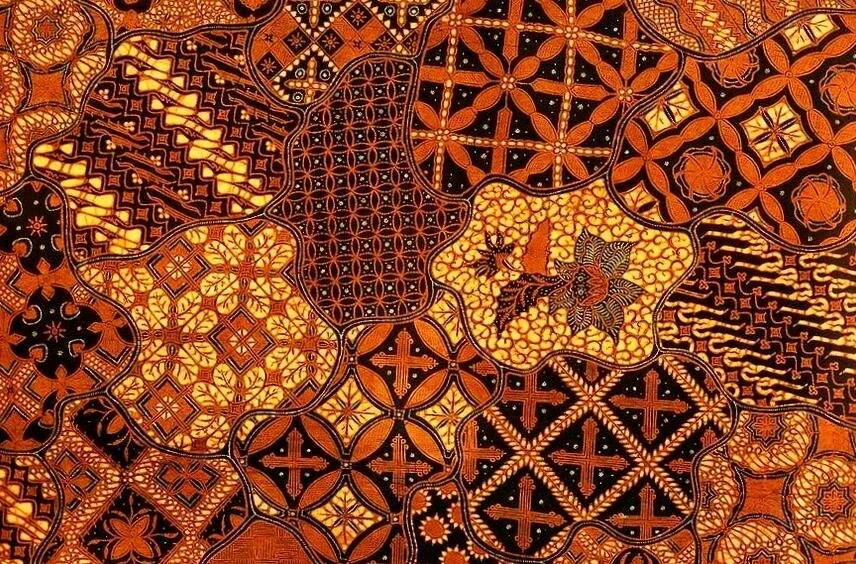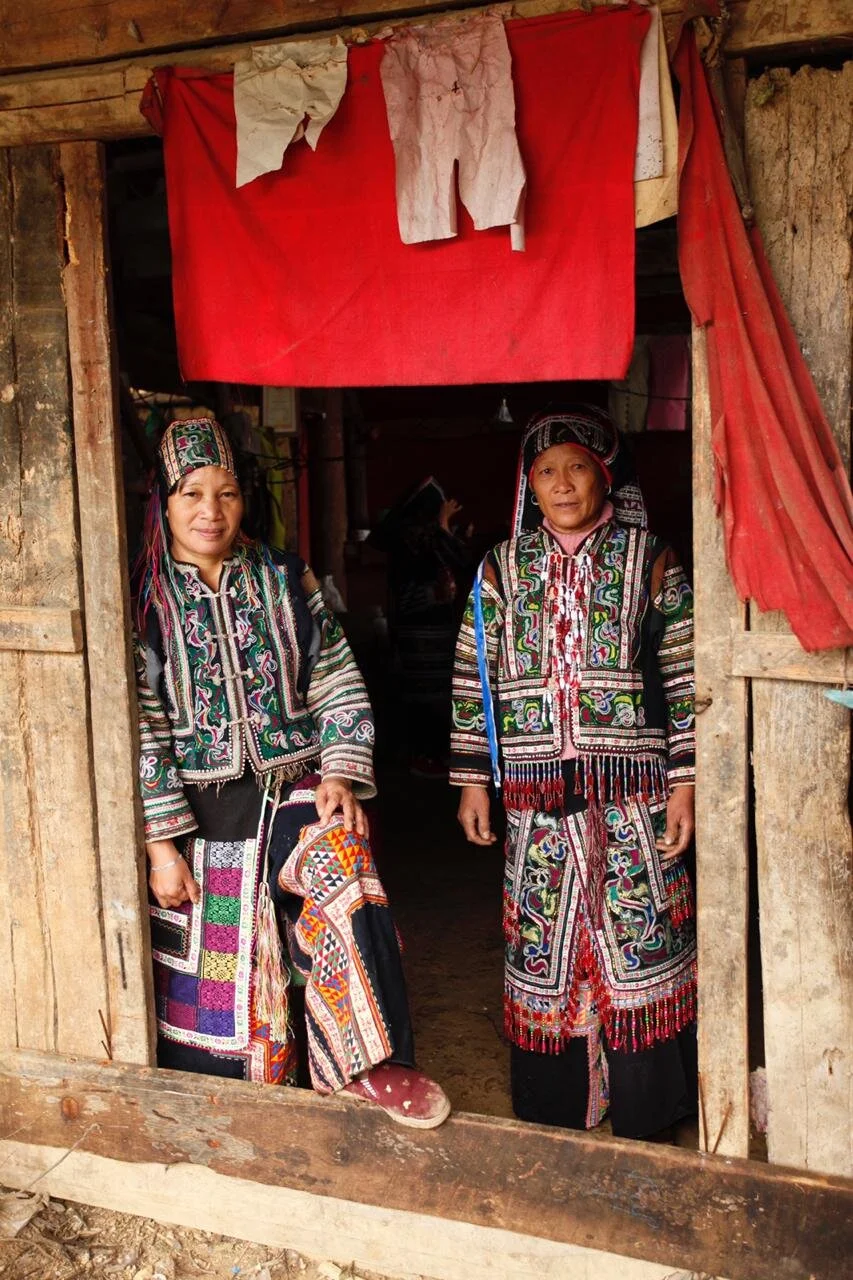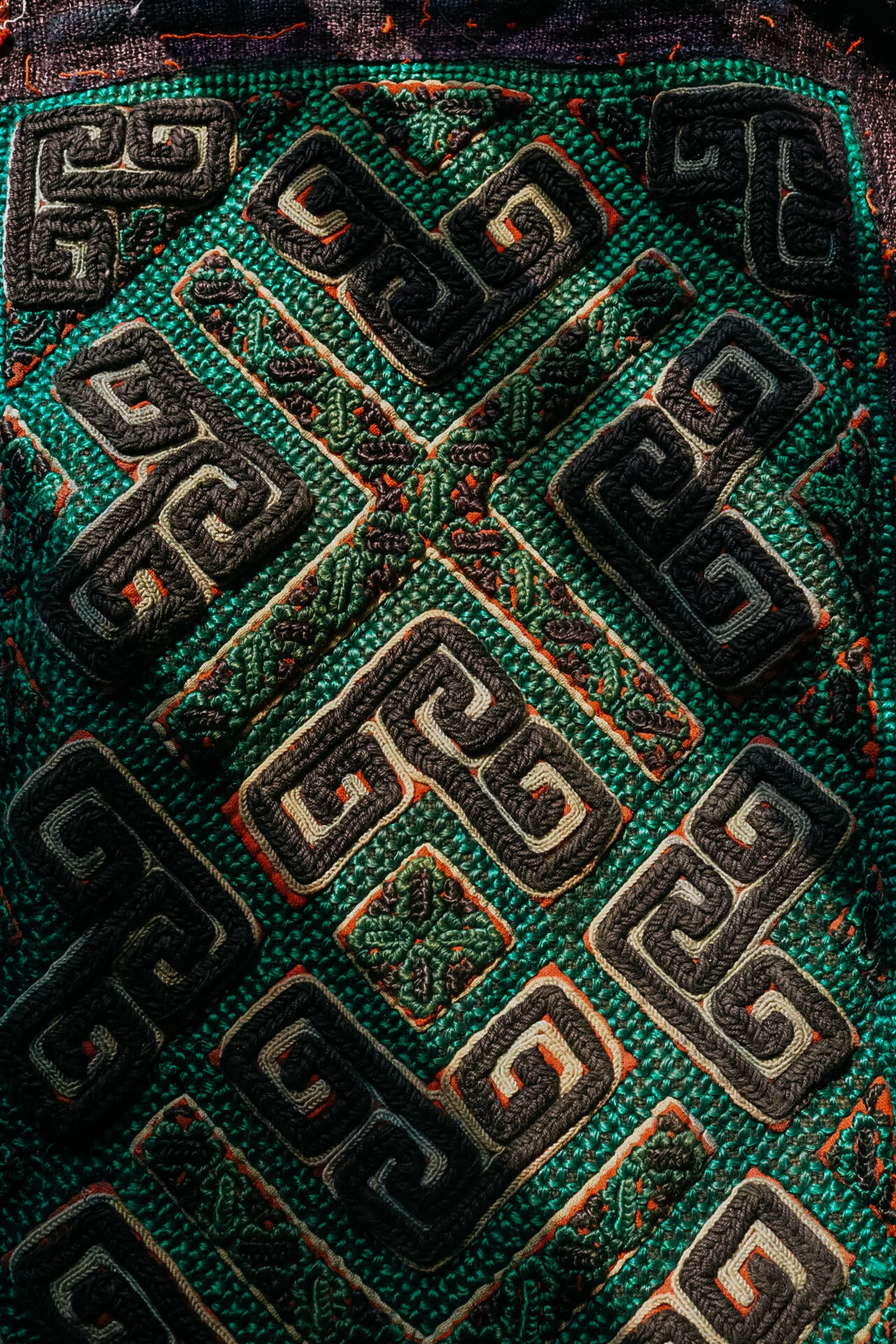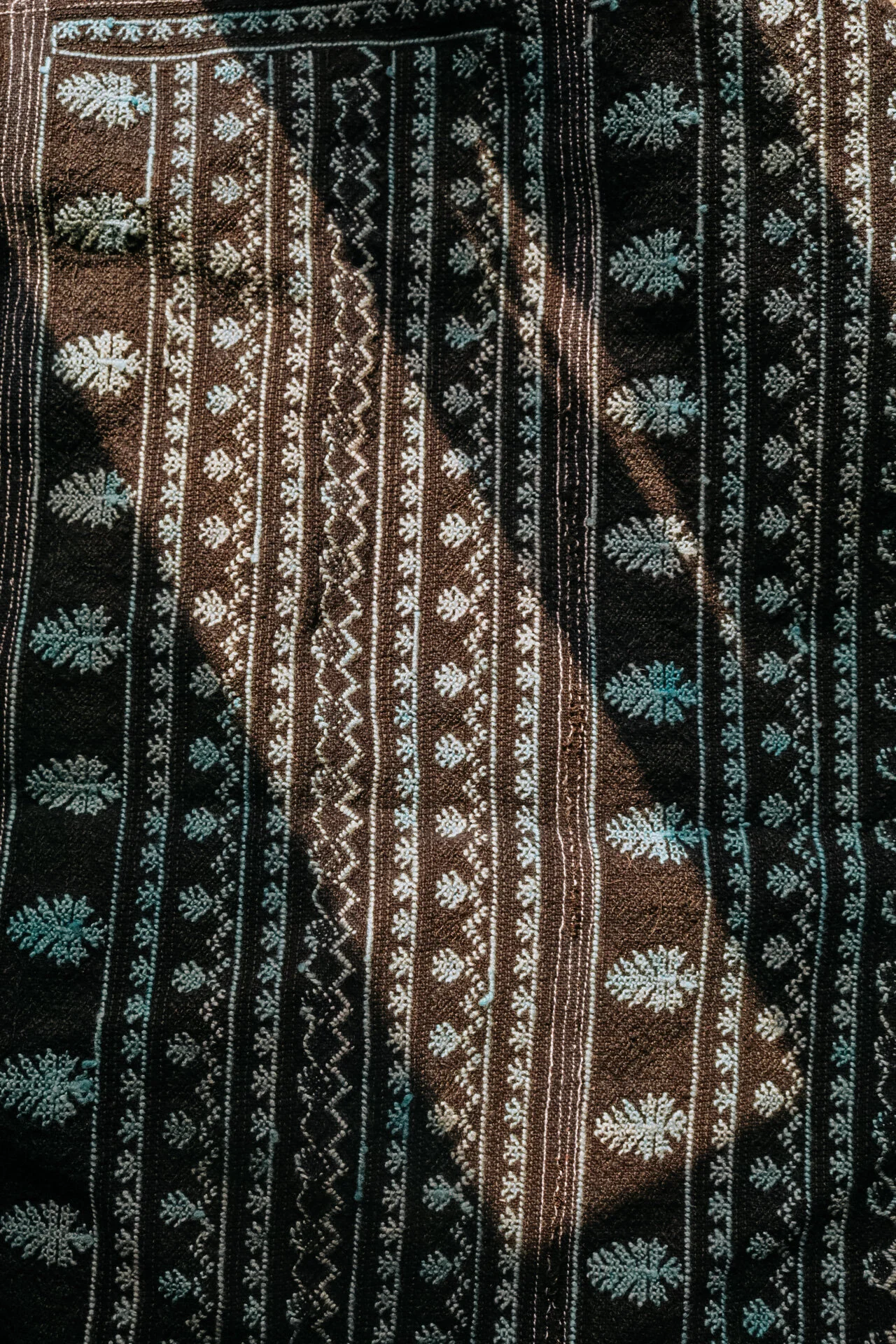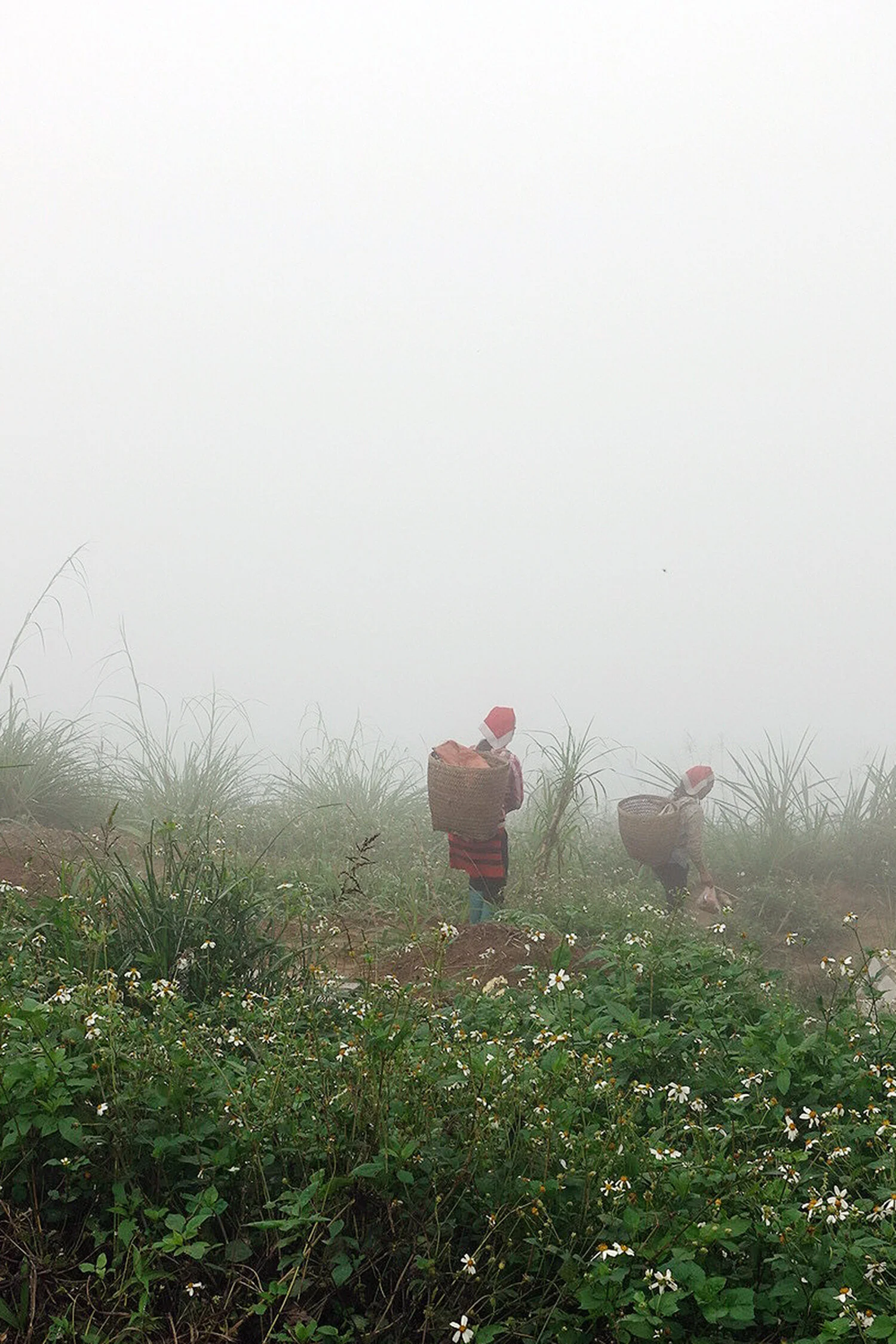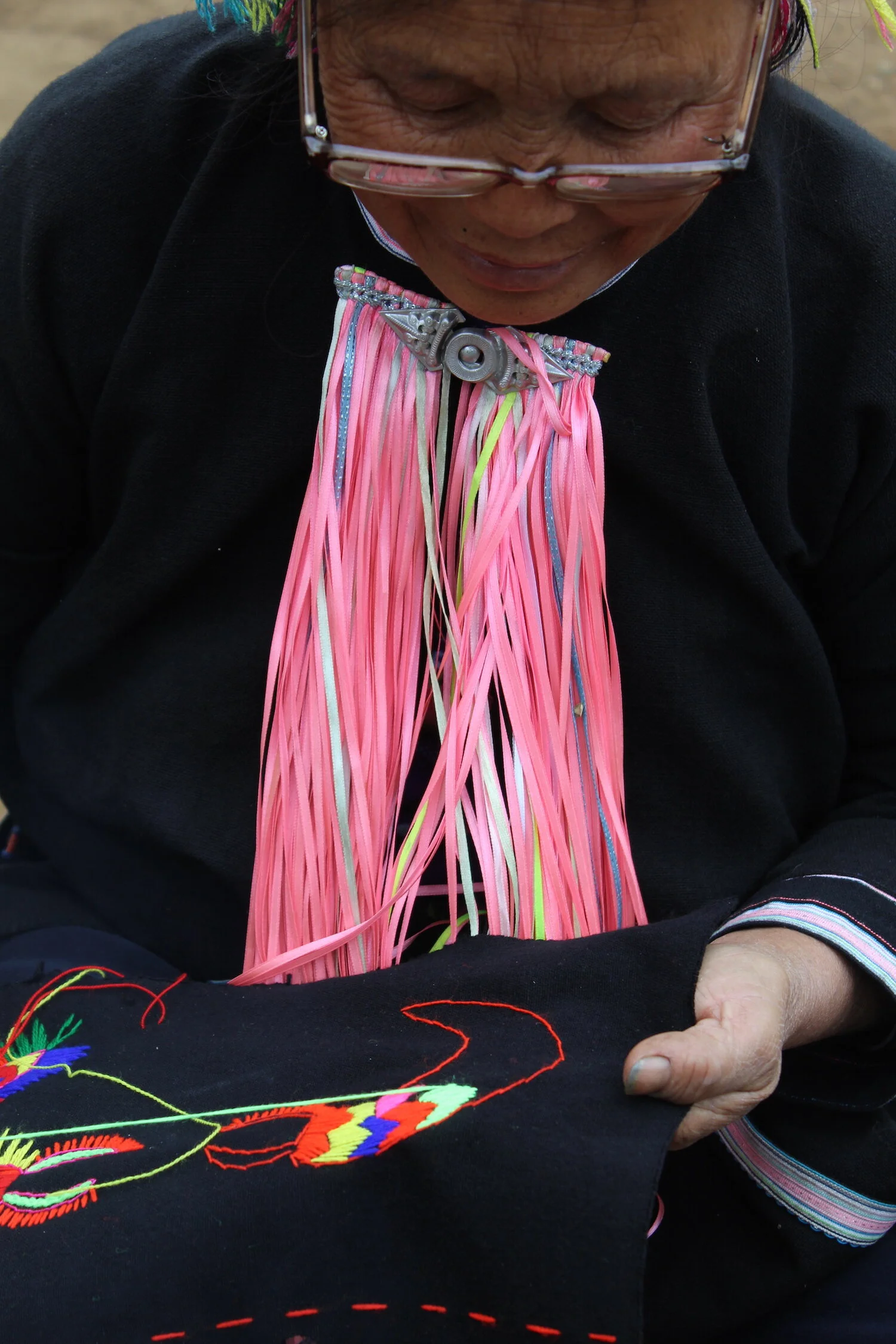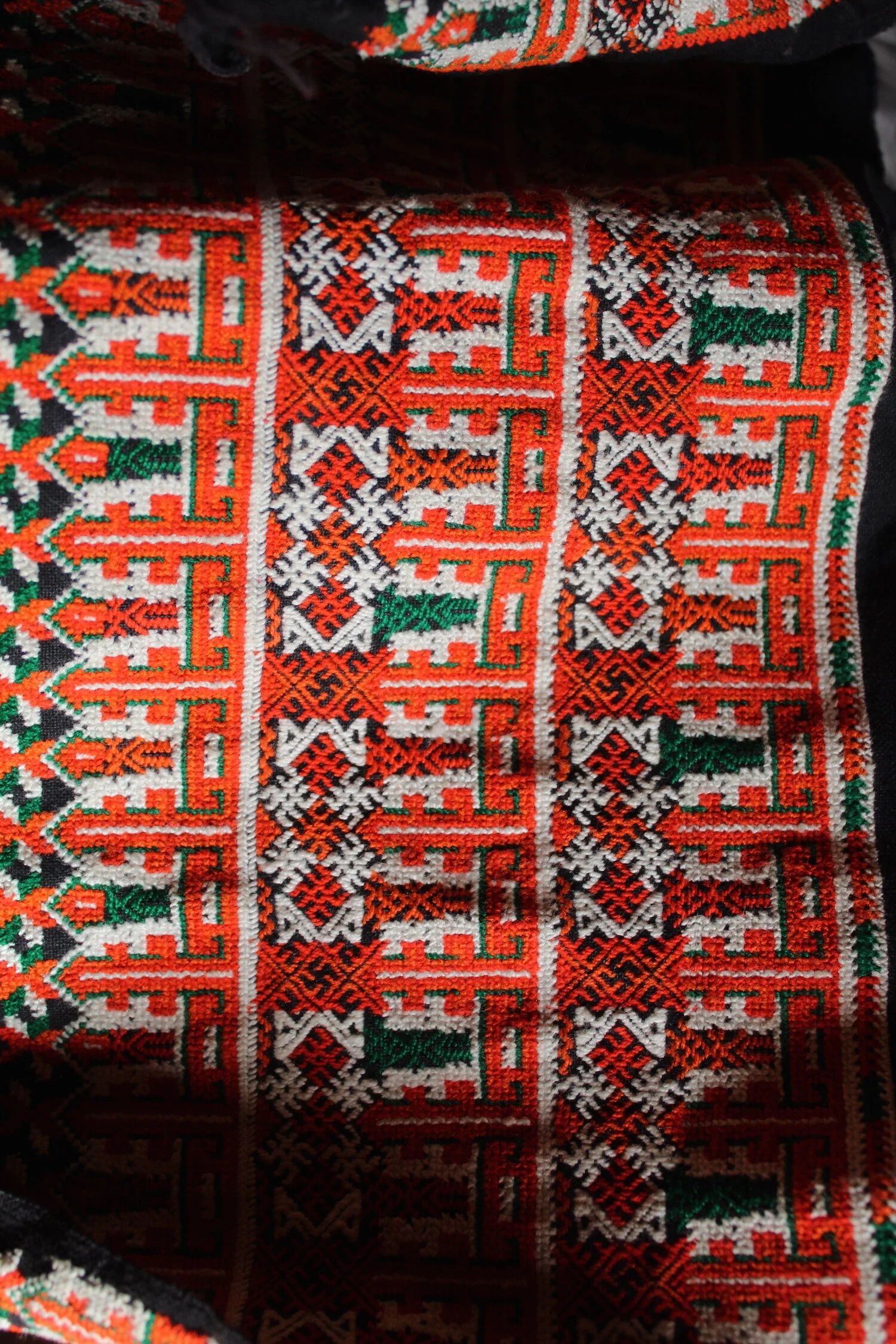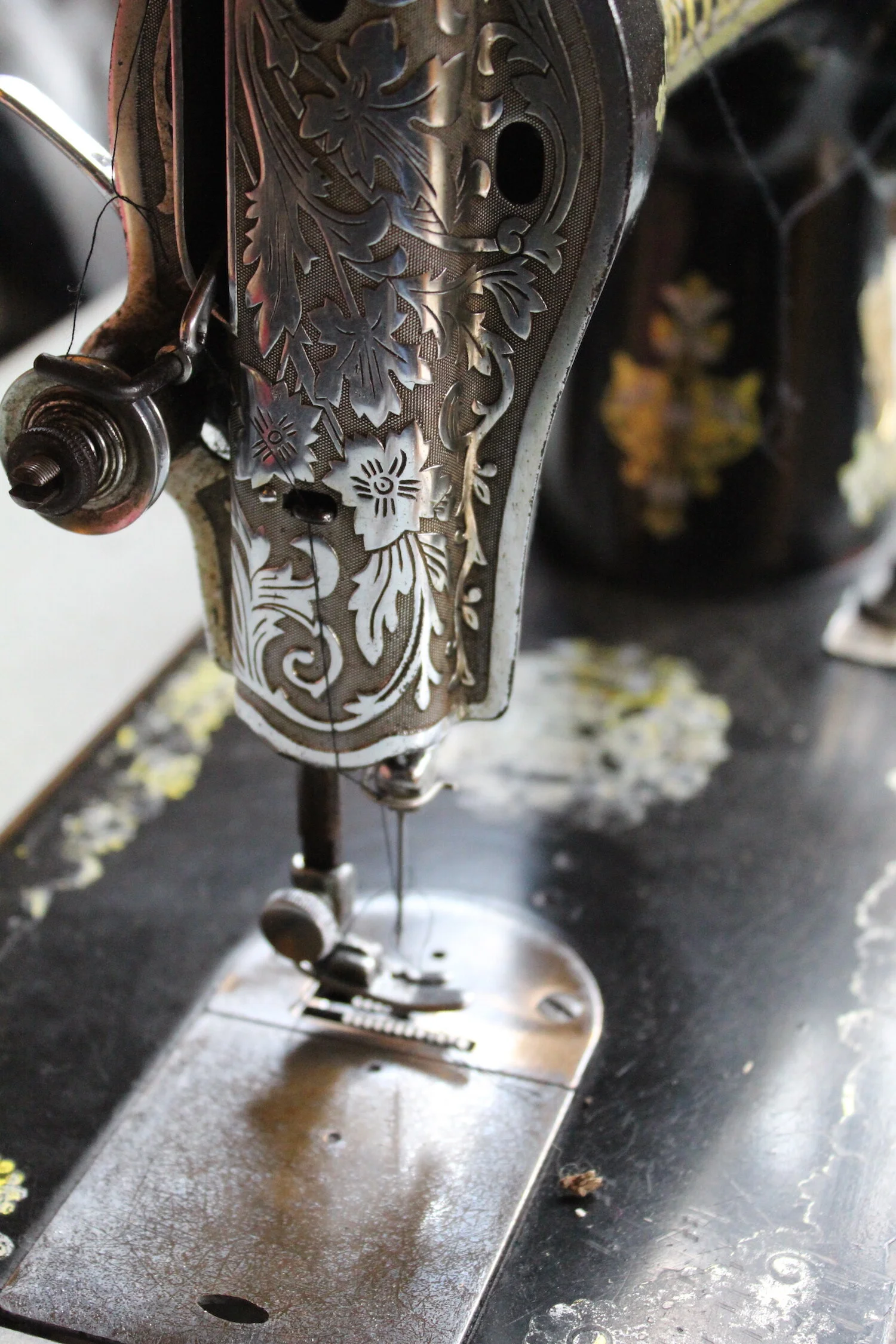TextileSeekers Inaugural Mexico & Guadalajara Retreat launches this November 2023.
Read MoreLooking into the production process of fabrics and fibres and considering the impact that the industry has on a larger scale and being well informed when making a conscious and ethical purchase.
Read More‘My family came to Mai Chau from China, two brothers migrated down the Red River, yet lost each other along the once-treacherous journey.’ They crossed the Red River to live in Son La, where their families flourished before certain members came to put down roots in the village where his family remains to this day and have lived for four generations.
Read MoreThe water hyacinth is a free-floating plant that grows rapidly and aggressively in tropical waters, and it has become a significant issue for the rivers of Northern Vietnam.
Read MoreBy far the most iconic garment produced, worn, and proudly treasured by the Tay tribes is the Pieu Scarf. Typically 1.6 metres long and 40cm wide.
Read MoreDistinct batik traditions have arisen across the generations in particular parts of the world. In Java alone, we can see the emergence of individual recognisable batik styles, taking their inspiration from their regional and tribal histories
Read MoreIn order to create just one scarf, over 9,200 lotus stems and two months of difficult labour are required. Despite the intensity of such a production method, many believe that the process of creating Silk Lotus fabric is more than worth the effort; the beauty of the finished product, as well as the income that it can generate, provides more than adequate justification.
Read MoreTết Nguyên Đán, lovingly called Tết for short, translates in Sino Vietnamese to ‘Feast of the First Morning’ and serves as an observance of the Lunar New Year.
Read MoreVietnam's rich history of textiles includes a custom of silk weaving stretches back for centuries.
Read MoreSeptember numbers are in - the real impact fast fashion has on the global landscape, affecting social, environmental, and economical industries.
Read MoreWith technology emerging as future trends for sustainable solutions in the fashion industry we take a closer look to see how the innovators are working towards weaving new textiles for a cleaner circular fashion system. We are becoming increasingly reliant on technology to assist the economic, social, and environmental livelihood of our earth and its people.
Read MoreSupporting the use of ethical natural materials and dye techniques. Recalibrate the balance of analog vs. technology to improve quality in smaller batches. Mend or repurpose worn things. Pay more attention, reevaluate why you are buying something in the first place, and slow down.
Read MoreKnitting, sewing, and crocheting have been long known as activities for women. More often referred to as ‘wifely duties’, or ‘domestic arts’. Craftivism has become a symbol of resistance for the third-wave of feminists. Using crafts as a means to explore issues regarding patriarchy, activism, politics, and gender.
Read MoreOur Vietnam luxury tour allow our travellers space to slow down our footsteps, to have the luxury of time to appreciate the effort it takes to create high quality designs that will last. A curation of cultural retreats centred around the art of traditional textile-making, to inspire and inform travellers the beauty of slow fashion through slow travel.
Read MoreAt TextileSeekers, we define the Fashion Ecosystem in its complete entirety. Instead of viewing fashion through the conventional lens, and trying to find piecemeal solutions in the name of sustainability that only addresses selected aspects of the industry, it is time to rethink fashion as an ecosystem. While the Vietnamese textile and garment industry has superseded expectations, and carved out a name for being one of the largest industries in the world, there is still a great and dire need for this industry to incorporate sustainability in their textile production.
Read MoreThe vibrant capital city of Vietnam, Hanoi, is said to be one of the largest manufacturers of clothing and textiles in the world. However, the existence of this industry has caused much environmental hazards that have greatly affected the locals in Hanoi. Given the severity of the issue, the Vietnamese government has implemented policies to enforce the textile-industry to adopt greener measures.
Read More


